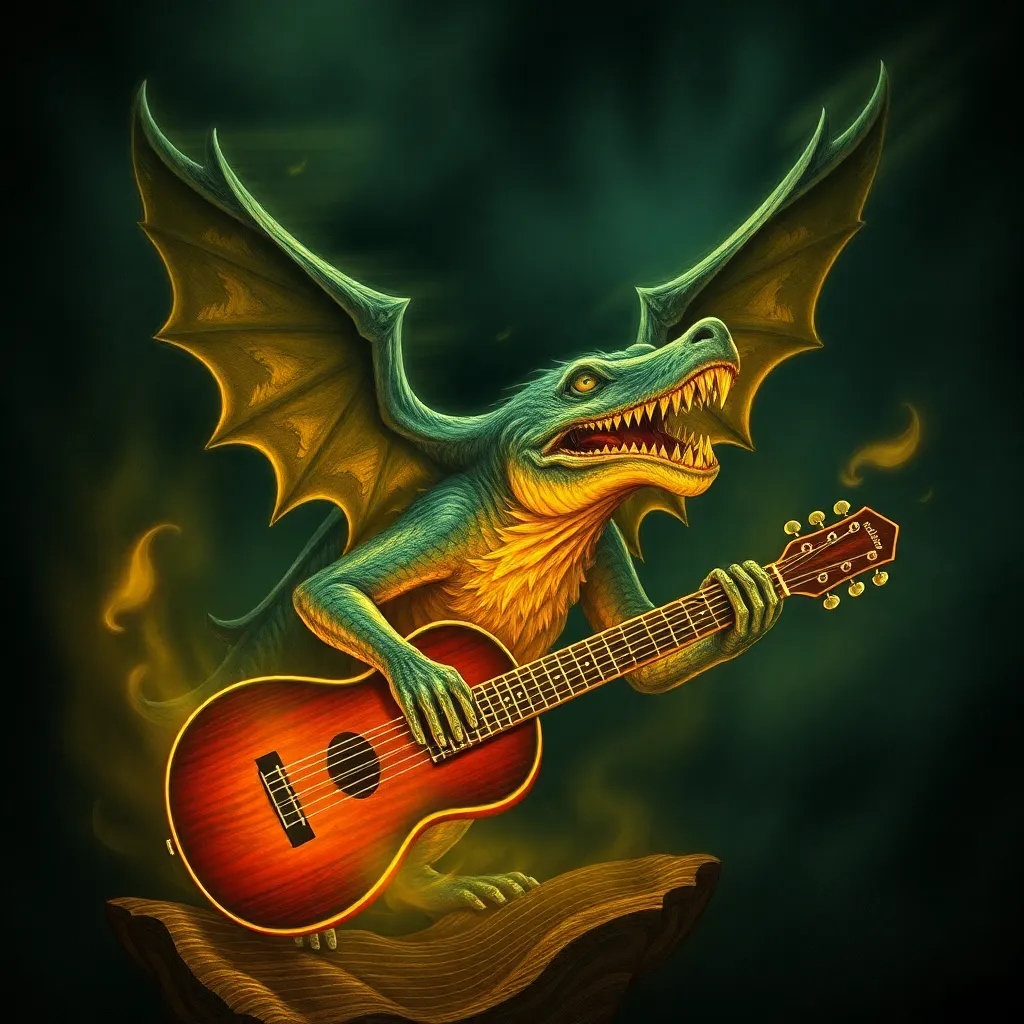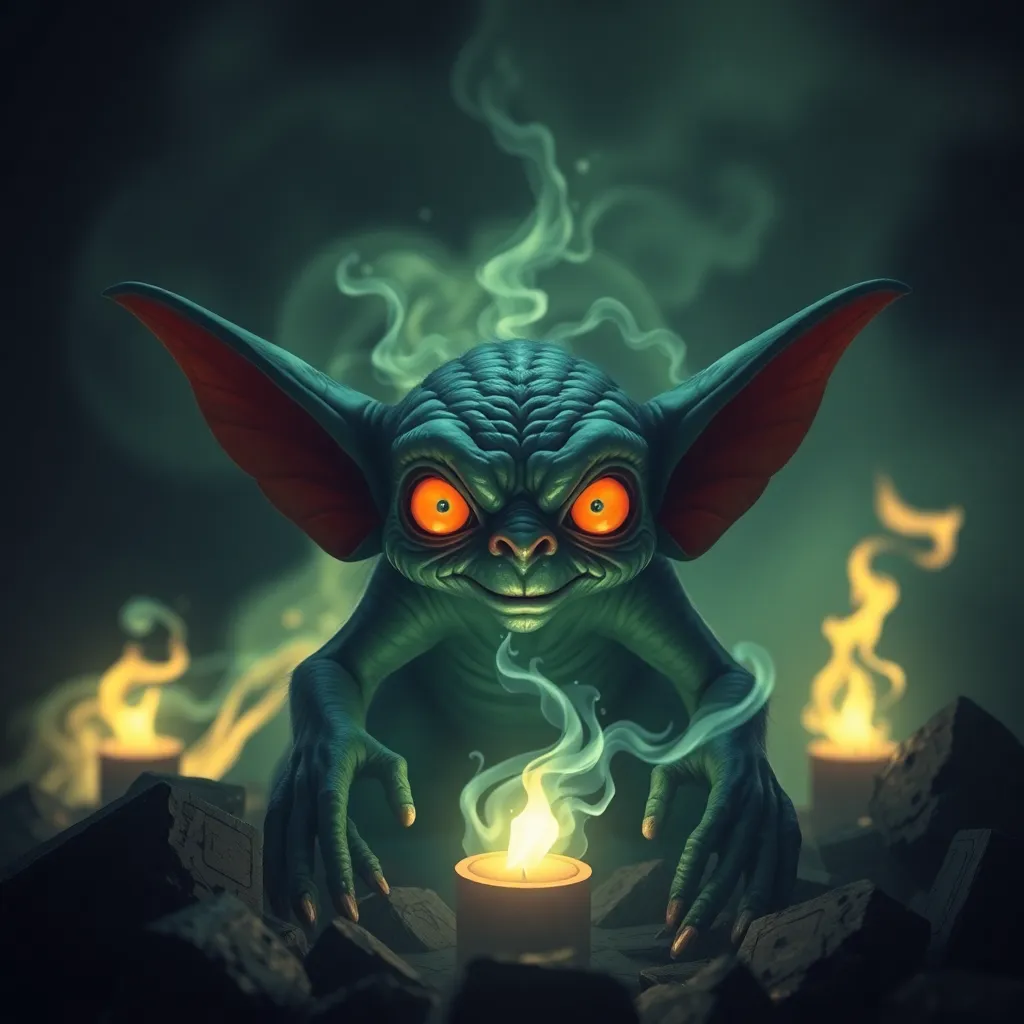The Chupacabra in Music: Exploring the Myth’s Influence on Folk Music and Popular Culture
I. Introduction
The Chupacabra, a creature of folklore first reported in Puerto Rico in the 1990s, has captivated the imagination of many. This legendary being, known for its vampiric tendencies towards livestock, particularly goats, has evolved into a significant cultural symbol. The importance of the Chupacabra extends beyond sensational folklore; it resonates deeply within Latin American culture and beyond, influencing various artistic expressions, including music.
This article aims to explore the profound influence of the Chupacabra myth on music, examining its presence in folk traditions and popular music, while also considering its broader cultural implications.
II. Origins of the Chupacabra Legend
The origins of the Chupacabra legend can be traced back to the mid-1990s, when reports of livestock deaths due to mysterious attacks began to emerge in Puerto Rico. Farmers described their animals being drained of blood, leading to the birth of the Chupacabra myth.
Culturally, the Chupacabra holds significant meaning for many Latin American communities. It embodies fears of the unknown and reflects social anxieties, particularly regarding agricultural sustainability and rural life.
Over time, the Chupacabra has evolved from a local anecdote to a global phenomenon, inspiring countless stories, films, and songs as its narrative has spread across borders and cultures.
III. The Chupacabra in Folk Music
Folk music often serves as a vessel for storytelling, and the Chupacabra has found its way into traditional songs that capture the essence of local fears and legends. Many folk songs reference the Chupacabra, weaving the creature into tales of loss, fear, and survival.
- Traditional folk songs: Various artists have incorporated Chupacabra themes into their music, often using it as a metaphor for challenges faced by rural communities.
- Storytelling elements: Folk narratives involving the Chupacabra highlight human emotions, creating a connection between the listener and the myth.
- Regional variations: Different regions have their unique interpretations of the Chupacabra, reflecting local cultures and traditions.
IV. The Chupacabra in Popular Music
In contemporary music, the Chupacabra has inspired a diverse array of songs across genres. Artists have drawn on the myth to explore themes of fear, identity, and the supernatural.
- Analysis of contemporary songs: Many songs feature the Chupacabra as a focal point, often blending traditional elements with modern sounds.
- Influential artists: Musicians such as Café Tacuba and Los Tigres del Norte have included references to the Chupacabra in their works, showcasing their cultural relevance.
- Metaphorical interpretations: The Chupacabra is often used as a metaphor for societal issues, from immigration to environmental concerns, reflecting the complexities of modern life.
V. Impact of the Chupacabra on Music Genres
The Chupacabra has made its mark across various music genres, influencing styles and artists in unexpected ways.
- Latin American music styles: In genres such as Mariachi and Banda, the Chupacabra is often referenced, enriching the narrative depth of the songs.
- Influence on other genres: The myth has also seeped into rock, hip-hop, and electronic music, showcasing its versatility as a cultural symbol.
- Cross-genre collaborations: Artists from different musical backgrounds have united to create works inspired by the Chupacabra, fostering a spirit of collaboration and creativity.
VI. The Chupacabra in Music Videos and Performances
The visual representation of the Chupacabra in music videos adds another layer to its cultural significance. Artists often use striking imagery to convey the myth’s themes and emotions.
- Visual representations: Music videos featuring the Chupacabra often include elements of horror and folklore, creating a captivating narrative experience.
- Live performances: Many artists incorporate thematic elements related to the Chupacabra in their live shows, using costumes and visuals to enhance the storytelling.
- Symbolism and artistic interpretations: The Chupacabra serves as a powerful symbol for various issues, and its portrayal in music is open to interpretation.
VII. Cultural Critique and Reception
The reception of Chupacabra-themed music varies among audiences and critics, leading to rich discussions about folklore and identity.
- Audience reactions: Listeners often connect emotionally with songs referencing the Chupacabra, reflecting their own cultural experiences and fears.
- Criticism and support: Cultural commentators have both criticized and supported the use of the Chupacabra in music, debating its authenticity and relevance.
- Discussions of identity: The myth has become a point of reference in conversations about cultural identity, particularly in relation to migration and diaspora.
VIII. Conclusion
The impact of the Chupacabra on music is profound, bridging folklore and contemporary culture. It serves as a reminder of the power of myths in shaping artistic expression and community identity.
As folklore continues to thrive in modern narratives, the Chupacabra remains a relevant symbol for exploring social issues and personal experiences. Future research can delve deeper into similar myths and their influence on music, further enriching our understanding of cultural storytelling.



